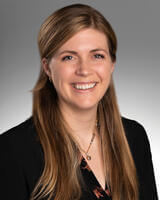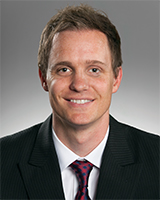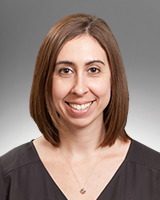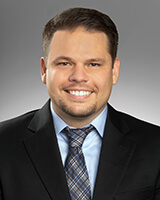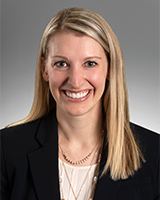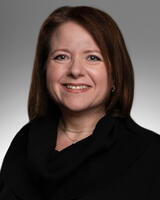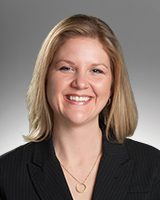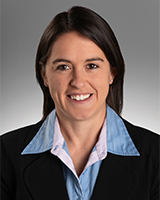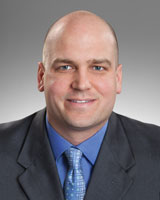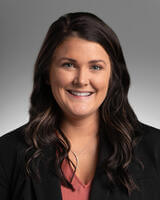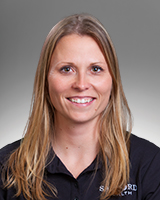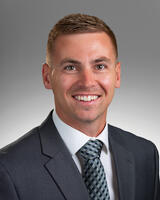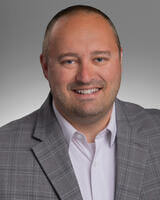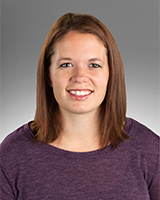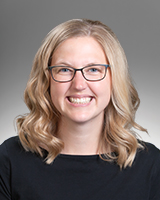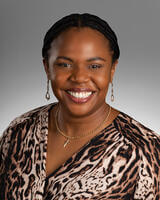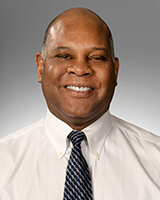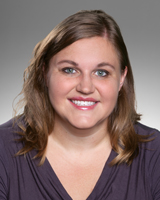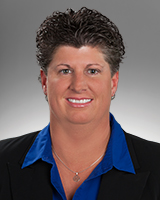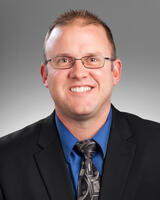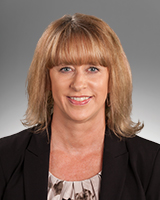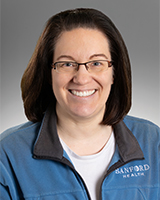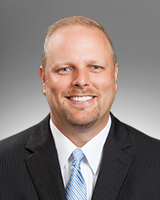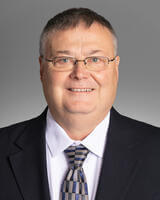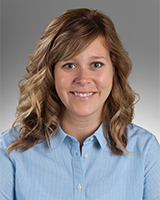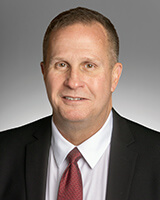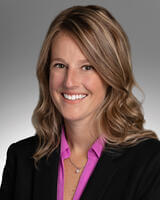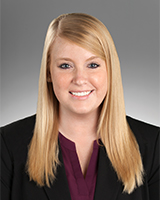Sanford Aberdeen Medical Center
Sanford Aberdeen Medical Center works to meet the growing health care needs of Aberdeen and its nearby communities. Our facility provides a healing environment that focuses on patients and their families.
Our care team provides comprehensive services, including inpatient and outpatient surgery, therapy services, a women’s center, pediatric care, cancer care, radiology, diagnostic testing, rehabilitation services and emergency care. The medical center has 48 beds and three floors of care.
Our services include:
- Anesthesia
- Cancer/oncology care
- Cardiology/heart care
- Colorectal screenings
- Critical care
- Delivery, recovery and postpartum services
- Diabetes care
- Diagnostic testing (echo, vascular, stress and ultrasound)
- Emergency care
- General surgery
- Laboratory
- On-site pharmacy
- Outpatient infusion
- Radiology (CT and MRI services)
- Respiratory therapy
- Therapy and rehabilitation
Find Classes & Events
We’re committed to offering educational health and wellness events to the Aberdeen community. See all upcoming classes or sort by event category to find programs relevant to you.
Sanford Aberdeen Medical Center Doctors
Shanna Anderson, APRN, CNP
Family Medicine - Hospital
Thekla Bacharach, MD
Vascular Surgery
Vicki Bent, SLP
Speech Therapy
Haylee Biel, PT, DPT
Physical Therapy
Scott Blanchard, DO
Emergency Medicine
Tonner Bowar, PT, DPT
Physical Therapy
Kara Dahl, MD
Emergency Medicine
Michael Fucci, DO
Emergency Medicine
Lacey Galbraith, PT, DPT
Physical Therapy
Isaac Grabiel, DO
Emergency Medicine
Lisa Grandpre, PT, DPT
Physical Therapy
Christina Heiberger, SLP
Speech Therapy
Michele Hengel, OTR/L
Occupational Therapy
Ruth Hernandez, DNP, APRN, CNP
Emergency Medicine
Amy Hiuser, MD
General Surgery
Maryn Holzer, DNAP, APRN, CRNA
Anesthesiology
Jaclyn Iverson, PT, DPT
Physical Therapy
James Johnston, DPM
Podiatry
Madison Jones, FNP, APRN, CNP
Emergency Medicine
Sheilla Kiconco, MD
Pediatrics
Kelly Leibel, APRN, CRNA
Anesthesiology
Sunny Lester, MOTR/L
Occupational Therapy
Nida Maham, MD
Internal Medicine
Colby Mahar, DNAP, APRN, CRNA
Anesthesiology
Dalton McDaniel, DO
Orthopedic Surgery
Nicole Meyer, PA-C
Family Medicine
Lauren Morgan, WHNP, APRN, CNP
Obstetrics & Gynecology
Breanne Mueller, MD
Obstetrics & Gynecology
Cynthia Okpala, MD
Family Medicine - Hospital
Barry Oliver, MD
Orthopedic Surgery
Abigail Polzin, MD
Emergency Medicine
Shantel Schumack, PA-C
Ear, Nose & Throat
Tom Schuster, APRN, CRNA
Anesthesiology
Sheryl Siegmund, MD
Radiology
Patricia Smid, PT, DPT
Physical Therapy
Christal Spah, PT, DPT
Physical Therapy
Jason Spjut, DO
General Surgery
Jenna Swanson, OTR/L
Occupational Therapy
Scott Swanson, PT, DPT
Physical Therapy
Aamod Tiwari, MD
Internal Medicine - Hospital
Kevin Vaughn, PA-C
Emergency Medicine
Jordan Voss-Severson, FNP, APRN, CNP
Cardiology
Mat Weekly, MD
Ear, Nose & Throat
Chelsea Westerman, APRN, CNP
Obstetrics & Gynecology
Angela Williams, PA-C
Medical Oncology
Learn More
Accreditations
Bronze Safe Certified by Cribs for Kids
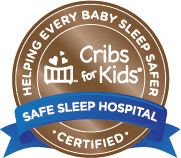 Every year in the United States, thousands of babies die suddenly and unexpectedly. These deaths are called SUID, which stands for “Sudden Unexpected Infant Death.” At Sanford Aberdeen Medical Center, we’ve worked hard to ensure your infant will sleep safely during his or her stay.
Every year in the United States, thousands of babies die suddenly and unexpectedly. These deaths are called SUID, which stands for “Sudden Unexpected Infant Death.” At Sanford Aberdeen Medical Center, we’ve worked hard to ensure your infant will sleep safely during his or her stay.
Cribs for Kids gives hospital certification to programs that have successfully reduced hazardous risks to infants while they sleep. These hospitals are committed to exercising best practices and to education about infant sleep safety.
Keep your baby safe when you bring him or her home. Create a safe sleeping environment for your infant by taking these steps:
- Always use a firm sleep surface that is covered by a fitted sheet. This could be a crib, bassinet, portable crib or play yard that conforms to the Consumer Product Safety Commission’s safety standards.
- Place babies on their backs to sleep, both at night and for naps.
- Keep soft objects like pillows, blankets and toys out of the sleeping area.
- Your baby should sleep without anyone (either a parent or anyone else) in his or her sleeping area.
- Do not let your baby sleep in an adult bed, on a couch or on a chair.
- Keep your baby’s sleep area in the same room where you sleep for his or her first 6 to 12 months.

